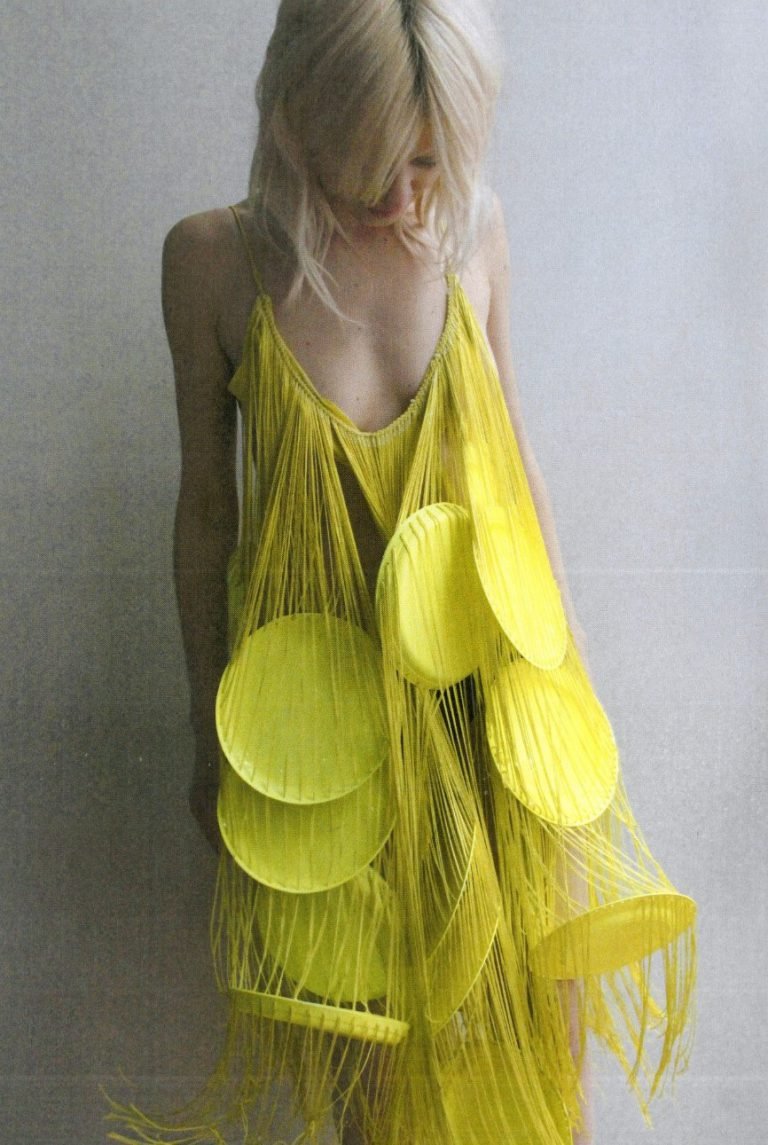Thank you for taking some time to speak with us Fidan. Could you tell us a bit about your journey after you graduated from Central Saint Martins?
I got the opportunity to finally take a deep breath and put my mind at rest. I didn’t have a chance to take any time off between placement and final years, so it felt very nice to be able to recharge. I moved to Paris for a couple of months, before moving back home where I later started my brand, which has been an amazing journey so far.
How do you think your BA in Fashion Design and Marketing helped you in developing as a fashion creator?
I’m glad I ended up applying to FDM since I feel like we’ve been taught in-depth how to build an entire world around the pieces we created, rather than just making clothes. I do think that the word ‘Marketing’ in the course title is a little misleading since what we studied apart from fashion design has been more art direction rather than marketing in its traditional sense. I think FDM students get a slightly more advanced learning experience when it comes to gaining knowledge in branding, creative direction, and developing general presentation skills, which altogether create a great foundation for those who want to start their own brand.
“I am happy I had a chance to launch my brand at home in Moldova, since it gave me an opportunity to explore the possibilities of local production, where I got a chance to meet and work with some incredibly skilled industry specialists and artisans. ” – Fidan Novruzova
What are the pros and cons of going back home?
I am happy I had a chance to launch my brand at home in Moldova, since it gave me an opportunity to explore the possibilities of local production, where I got a chance to meet and work with some incredibly skilled industry specialists and artisans. Being so close to production facilities has been very helpful, especially since I’m at the earlier stages of building my brand, where I can communicate every little detail with the manufacturers on the spot. It also expanded my possibilities as a designer, where I have the facilities to design and make technically unconventional pieces, knowing that I can later launch them into production in-house at our studio.
The cons would probably be the fact the great resources in this country have been used for many years as a tool for mass production. So in the process I happened to meet some highly skilled specialists in the field who had different views than mine on, let’s say, how much time should be spent on sampling. For instance, it took us over four months to develop the AW21 Boa bag since there are so many elements to it that only could’ve been figured out via continuous trials. These situations happen rarely, but I’m trying to be always prepared for this potential challenge.




















